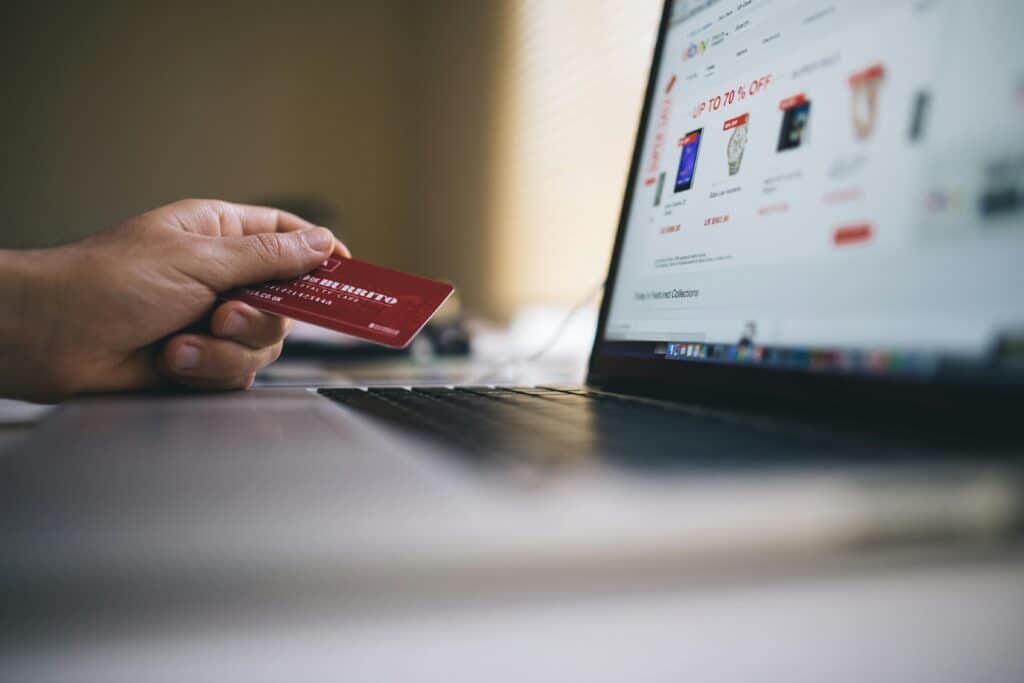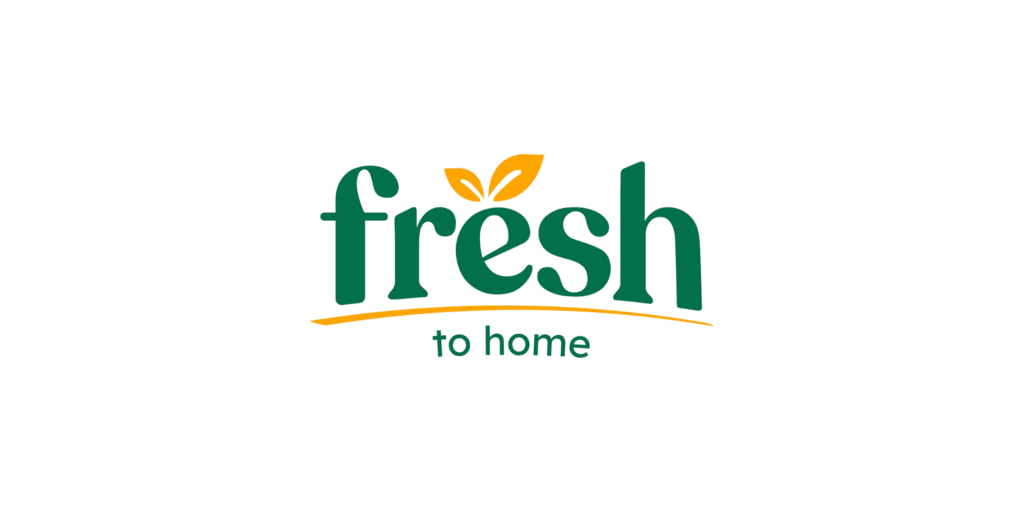El método Mercado Libre para escalar sin romper nada: qué puede aprender tu empresa de su ecosistema digital

En Latinoamérica, Mercado Libre no es solo una plataforma de eCommerce: es un ecosistema digital que mueve millones de transacciones por día y que logró escalar sin perder velocidad, experiencia de usuario ni confianza de marca. Mientras muchas empresas crecen y se enfrentan al caos —sistemas que no responden, procesos manuales que no dan abasto, […]
Rappi, PedidosYa y la guerra del delivery: UX bajo presión en tiempo real

El mercado del delivery en Latinoamérica es uno de los más competitivos del mundo. Rappi, PedidosYa y Uber Eats se disputan millones de usuarios, comercios y repartidores en una carrera constante por ofrecer la mejor experiencia UX. Pero lo que muchos no ven es que el desafío no está solo en entregar pedidos rápidos. El […]
Cómo transformar una web en una máquina de ventas con UX/UI estratégico.

Tener una web hoy es casi obligatorio. Pero tener una web que realmente venda… eso ya es otra historia. Y ahí es donde entra en juego el UX/UI estratégico: pensar el diseño y la experiencia de usuario no solo para que se vea bien, sino para que funcione como una verdadera máquina de ventas. El […]
Facturación cuadruplicada para un supermercado online.

En Lab9, somos especialistas en transformar plataformas digitales para maximizar su potencial. Hoy queremos compartir uno de nuestros casos de éxito más destacados: Fresh to Home, un supermercado online basado en Magento, logró multiplicar su facturación por 4 en tan solo 4 meses gracias a nuestro trabajo centrado en la experiencia del usuario (UX/UI), optimización […]
